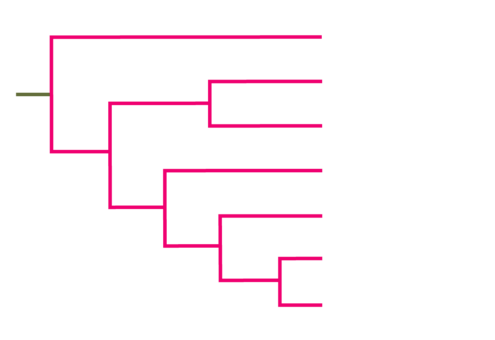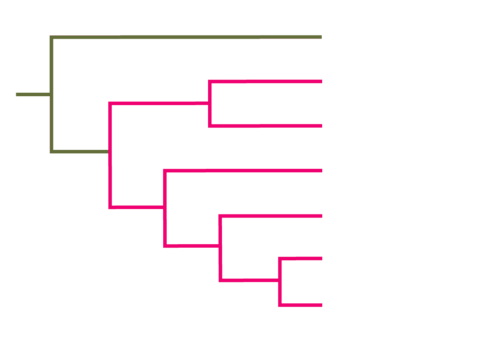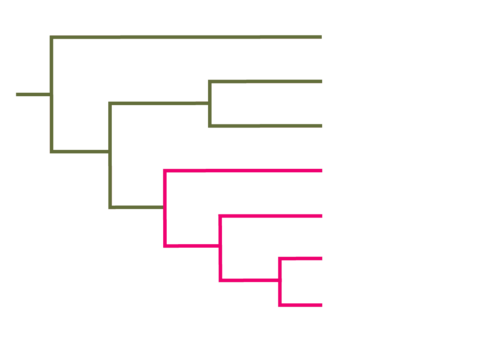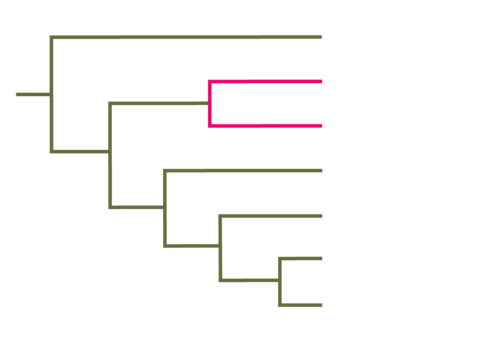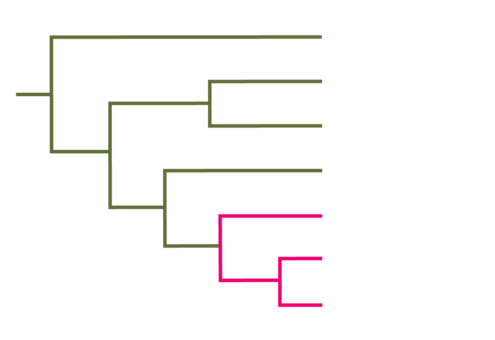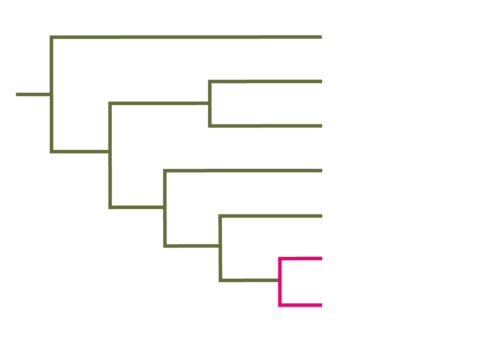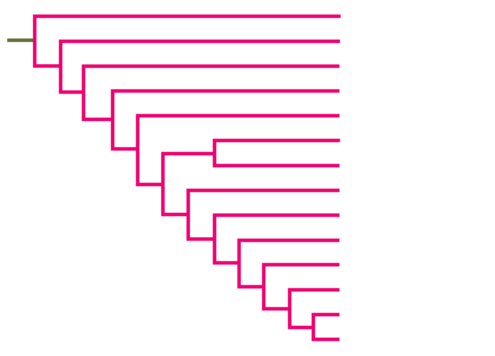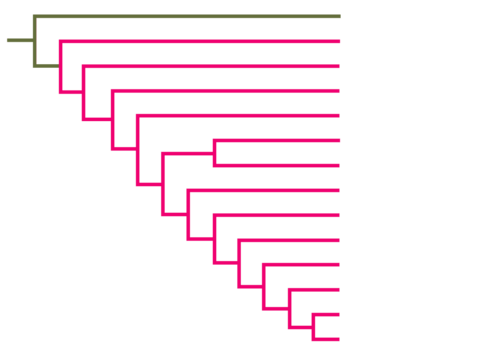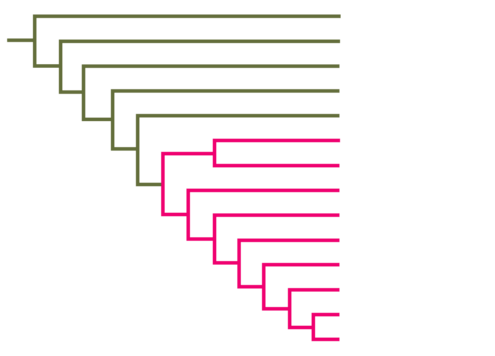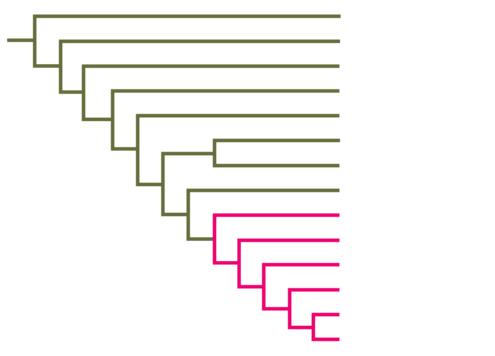
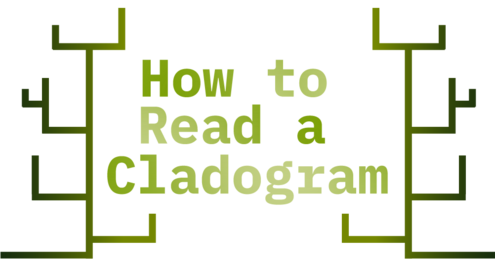
Reading a Simple Cladogram
Cladograms are a way to organize things by what they have in common. They are a tool scientists use to understand how things are similar and different.
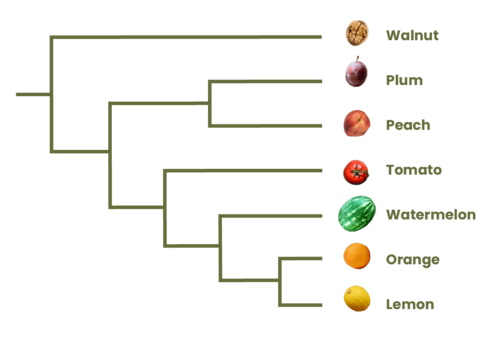

This node = seeds present
Which fruits have seeds? A walnut, plum, peach, tomato, watermelon, orange, and lemon.
Go to node #2.

This node = soft inside
Which fruits are soft inside? A plum, peach, tomato, watermelon, orange, and lemon. Which fruit is NOT soft inside? A walnut.
GET THE IDEA?
Go to node #3.

This node = small seeds
Which fruits have small seeds inside with no large central stone, AND are soft inside? A tomato, watermelon, orange, and lemon.
SEE THE PATTERN?
Go to node #4.

This node = large central stone
Which fruits have a large central stone, AND are soft inside? A plum and peach.
GETTING ANY EASIER?
Go to node #5.

This node = thick skin
Which fruits have thick skin, AND have small seeds inside with no large, central stone, AND are soft inside? A watermelon, orange, and lemon.
ALMOST DONE!
Go to node #6.

This node = segmented
Which fruits are segmented, AND have thick skin, AND have small seeds inside with no large, central stone, AND are soft inside?
FIGURE IT OUT!
Click on the numbers to learn how a cladogram of fruit works.
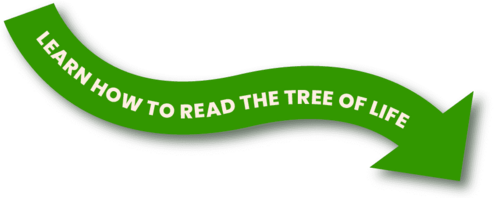
Reading the Tree of Life
This cladogram shows some of the groups of species that make up our diverse planet.
Follow the numbers to see how to read the Tree of Life cladogram.
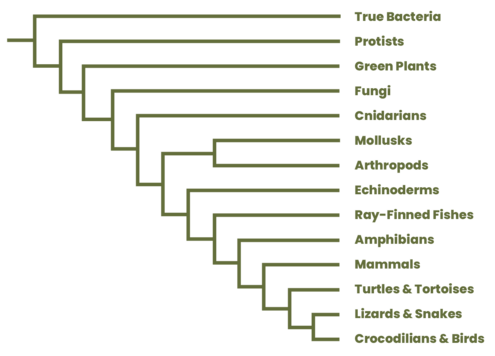
THIS NODE = LIFE
All living things have cells that can make copies of their own DNA. Which groups of species on this cladogram are alive? All of them!
Go to node #2.
THIS NODE = EUKARYOTES
All eukaryotes have cells with a nucleus that contains most of the cell’s DNA. Which groups of species on this cladogram are alive AND are eukaryotes? All these groups EXCEPT for true bacteria.
GET IT?
Go to node #3.
THIS NODE = BILATERIANS
Some eukaryotes have mirror symmetry; if you draw a line along the length of their body, the right half is a mirror image of the left. These organisms are called bilaterians. Which groups on the cladogram are alive AND are eukaryotes AND have mirror symmetry? All groups listed on the forking cladogram from mollusks to birds.
SEE THE PATTERN?
Go to node #4.
THIS NODE = VERTEBRATES
Some living eukaryotes that are symmetrical also have backbones. They are called vertebrates. Which groups of species are alive AND are eukaryotes AND are symmetrical AND have backbones?
FIGURE IT OUT AND YOU’LL BE A CLADOGRAM EXPERT!
Click on a number to find out what these groups have in common.
For a printer-friendly version of How to Read a Cladogram, download this PDF.




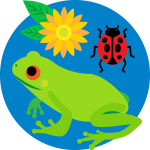 Biodiversity
Biodiversity
 Brain
Brain
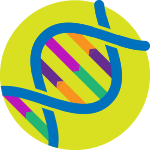 Genetics
Genetics
 Marine BiOLogy
Marine BiOLogy
 MicrobiOLogy
MicrobiOLogy
 PaleontOLogy
PaleontOLogy
 ZoOLogy
ZoOLogy
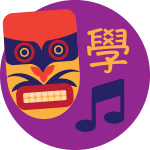 AnthropOLogy
AnthropOLogy
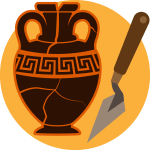 ArchaeOLogy
ArchaeOLogy
 Astronomy
Astronomy
 Climate Change
Climate Change
 Earth
Earth
 Physics
Physics
 Water
Water

